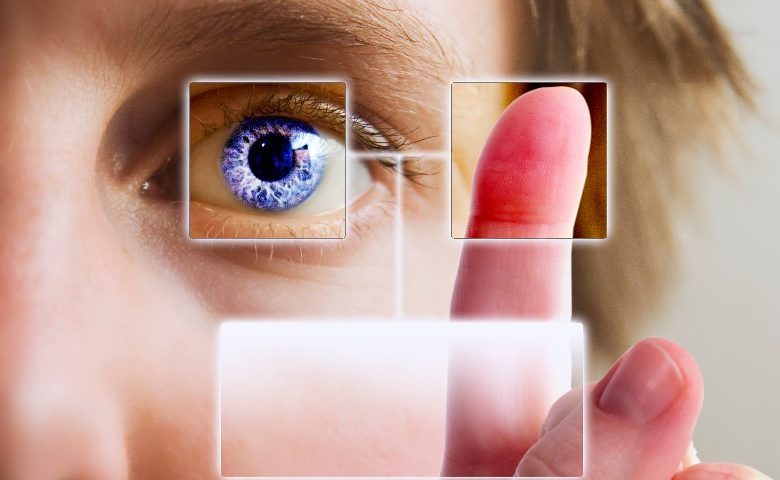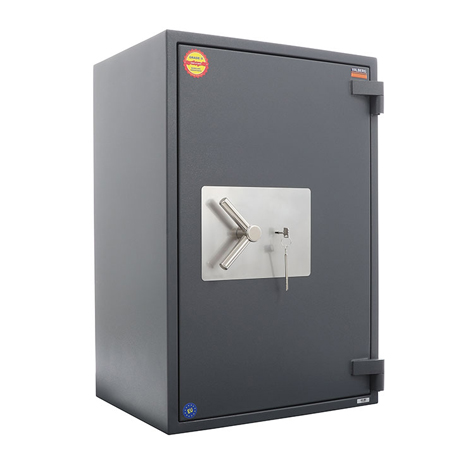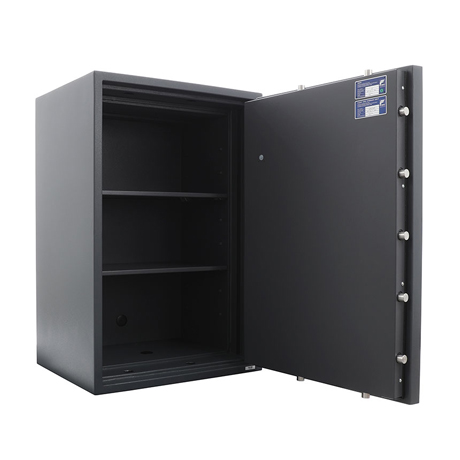
The days of using pen and paper to track employee attendance are long behind us. Biometric attendance systems have become the preferred choice for companies aiming to reduce time theft and minimize productivity losses.
While biometric systems aren’t foolproof, their benefits in attendance tracking far outweigh any potential drawbacks.
Benefits of Biometric Authentication for Attendance Monitoring
1. High Accuracy
Biometric systems offer precise attendance tracking, which may justify their cost. With various biometric identifiers, such as fingerprints, iris scans, and facial recognition, it’s almost impossible for anyone to falsify attendance. These systems can also handle large groups of employees without errors, and advanced systems like Finloyd can even identify individuals wearing masks.
2. Eliminates Time Theft
One of the biggest advantages of biometrics is preventing time theft, which can have a significant impact on your bottom line. Even well-intentioned employees might accidentally misrecord their hours, but biometric systems can also catch intentional time fraud, saving money and reinforcing a culture of accountability.
3. Prevents Buddy Punching
“Buddy punching,” where one employee punches in for another, costs U.S. businesses around $373 million annually. With biometrics, this issue is eradicated, as it’s impossible for one person to mimic another’s biometric data. Preventing this form of time theft helps protect both finances and company culture.
4. Provides Strong ROI
Given the substantial cost of time theft, the ROI of biometric systems is clear. Some systems, like cloud-based biometric solutions, eliminate the need for physical hardware, further reducing operational costs. These systems can even track remote workers, saving money on office space.
5. Improves Employee Morale
While using biometrics to combat time theft might create initial resistance, it can be paired with rewards for good attendance to improve morale. Research suggests that rewarding employees for positive behavior is more effective than punishment, leading to better motivation and productivity.
6. Increases Accountability
Biometric systems foster accountability by allowing managers to track employees’ attendance with accuracy, spotting those who take excessive breaks, arrive late, or leave early. This not only helps enforce company policies but also strengthens organizational culture by reinforcing good behavior and addressing bad behavior.
7. Simplifies Payroll
Biometric attendance systems automate payroll processes, saving time and reducing errors. Integration with popular payroll software like Tally ERP and QuickBooks further streamlines this process, ensuring smooth, efficient payroll management.
8. Contactless Technology
Contactless biometric systems are crucial in reducing the spread of germs, especially during pandemics. These systems can scan irises or faces without physical contact, providing a safe way to track attendance. Finloyd, for example, can identify employees even when they wear masks, helping ensure health protocols are followed.
Conclusion
In summary, the benefits of implementing a biometric attendance system far outweigh the initial investment, whether you’re looking at efficiency, ROI, or company culture. Since your competitors are likely adopting similar technologies, the sooner you make the switch, the better positioned you’ll be to stay competitive.
Finloyd offers a range of integrated features designed to maximize your investment and streamline your attendance monitoring process.








